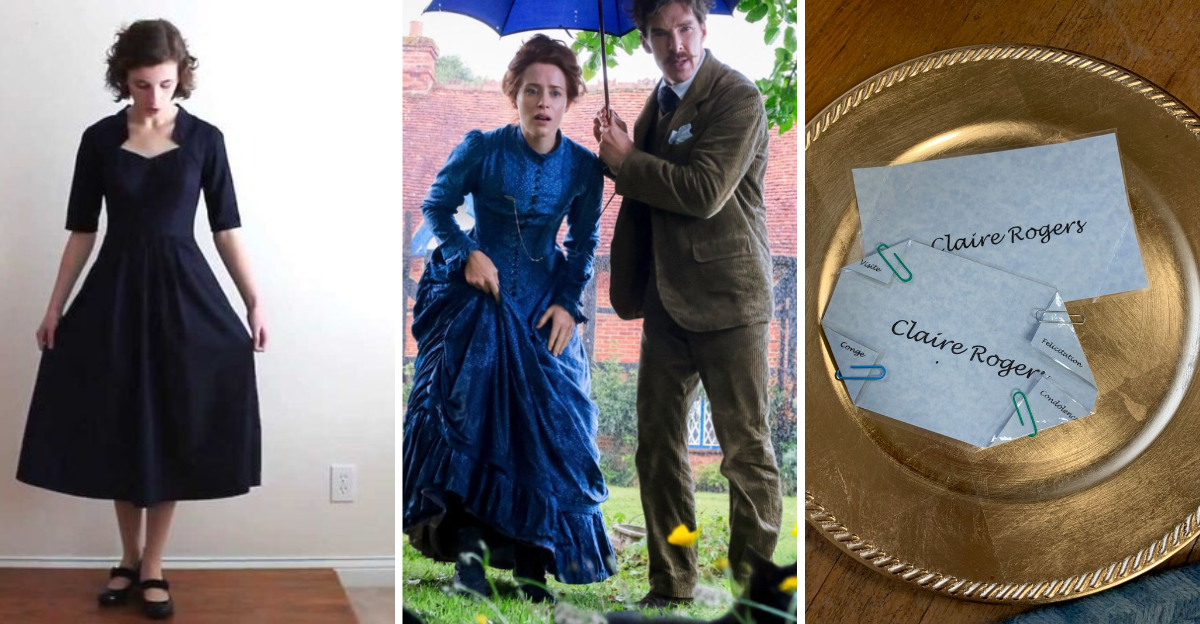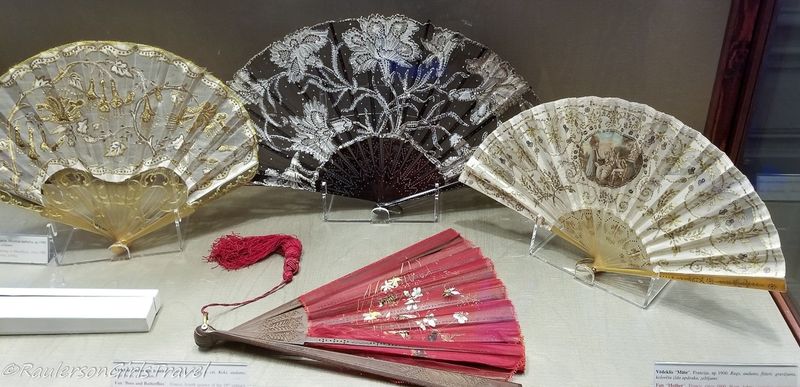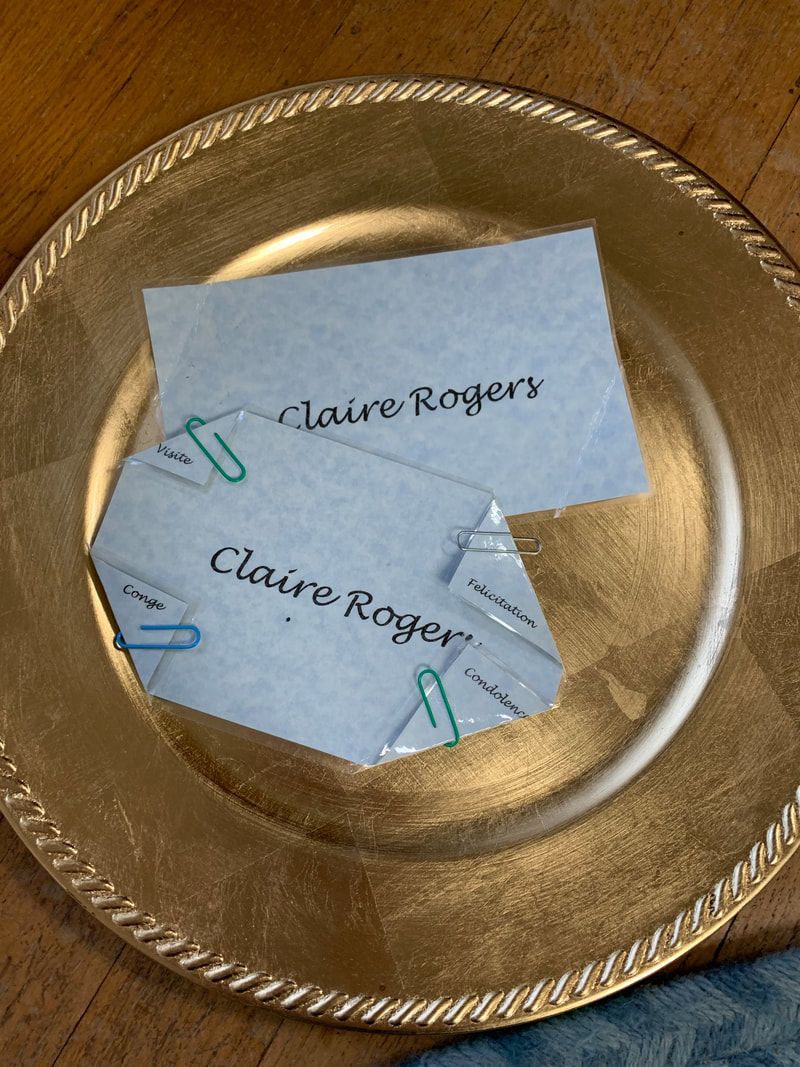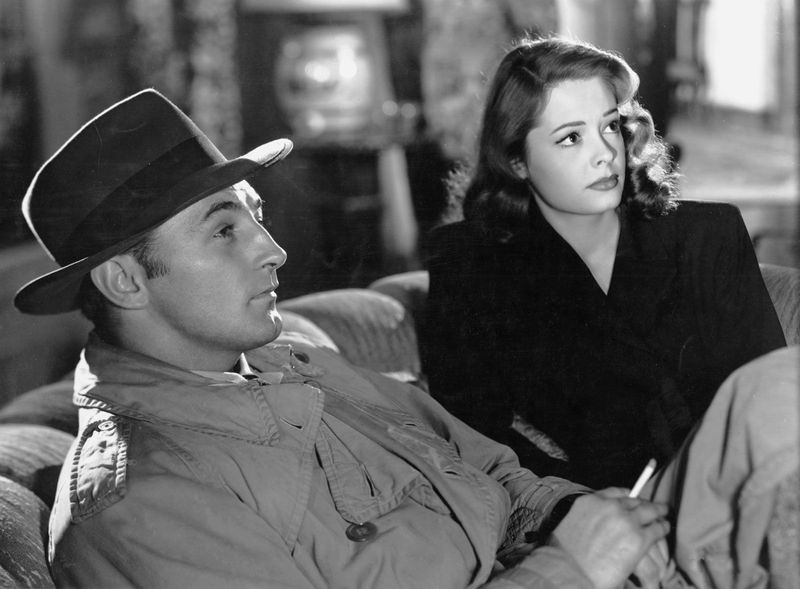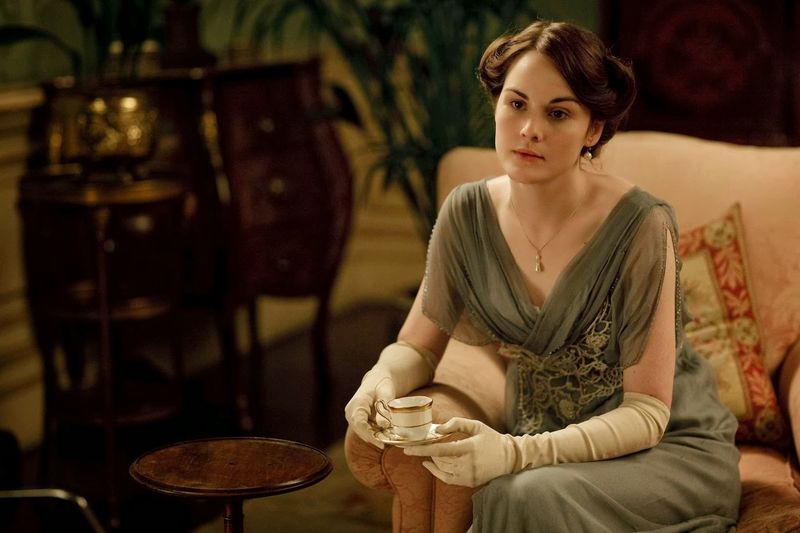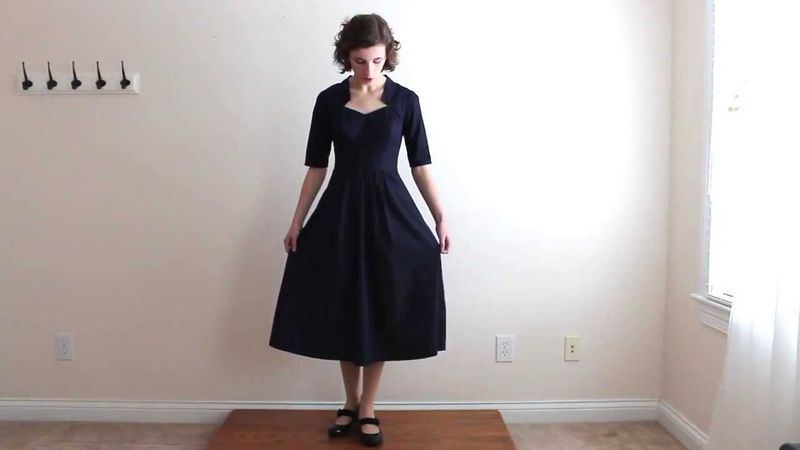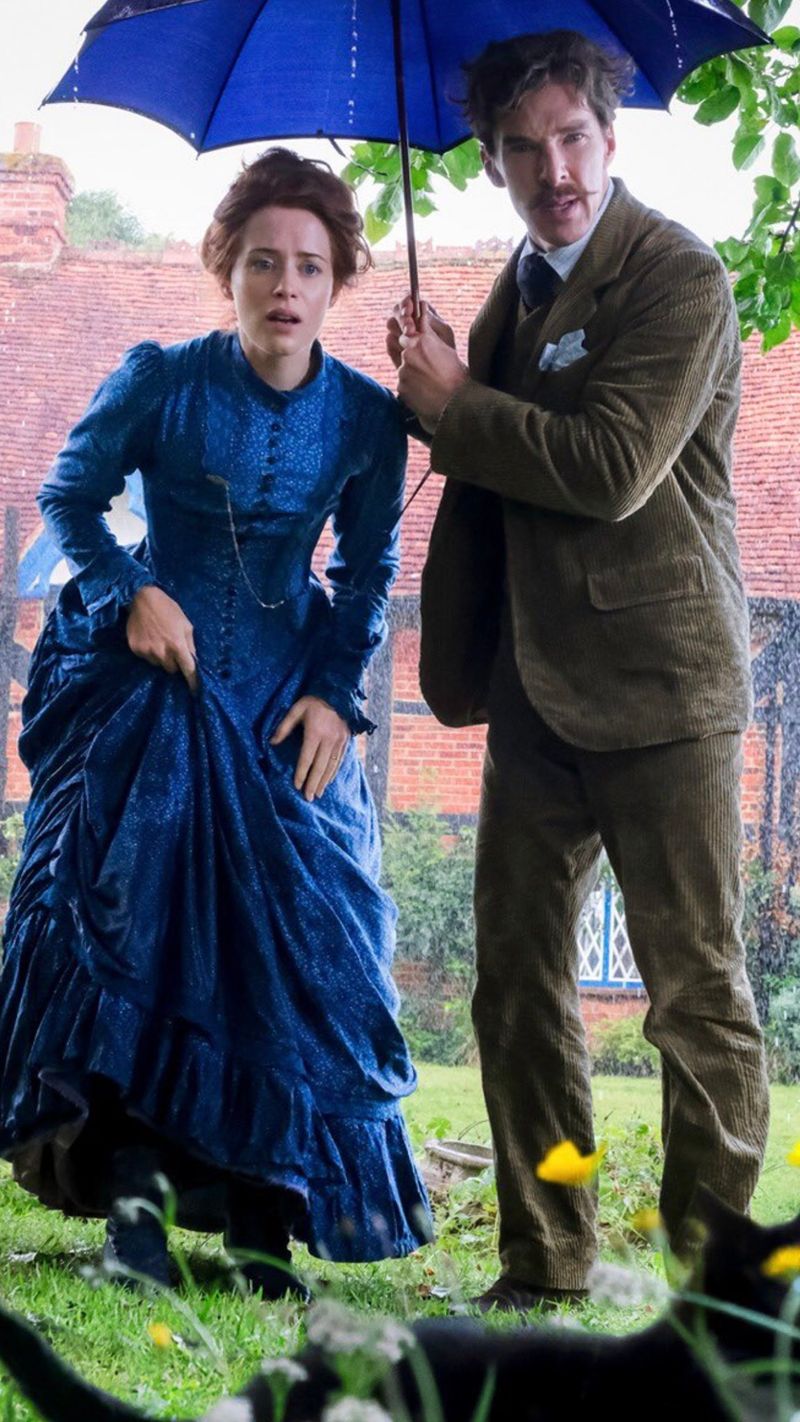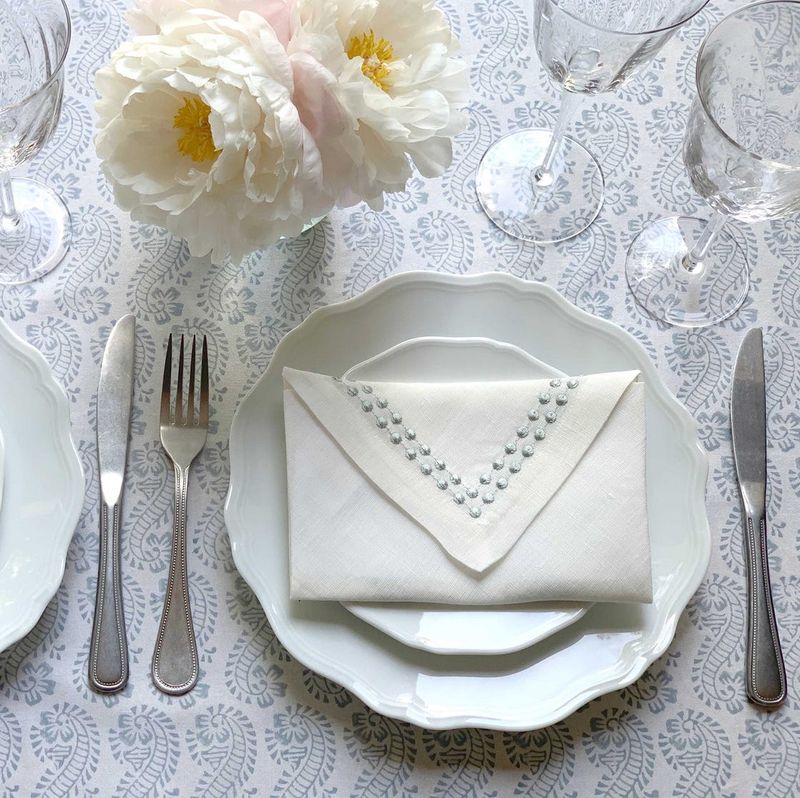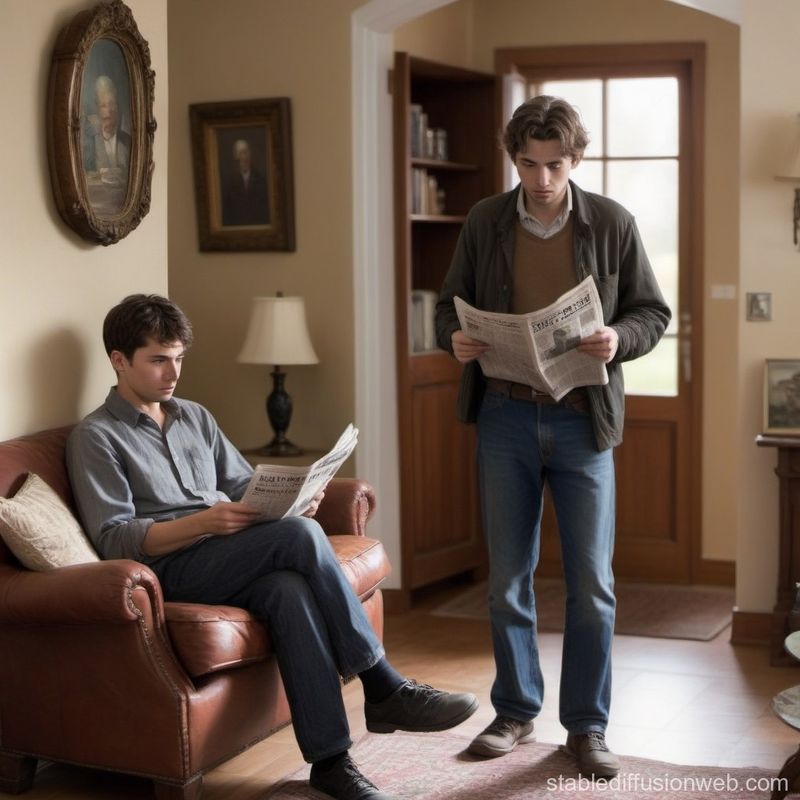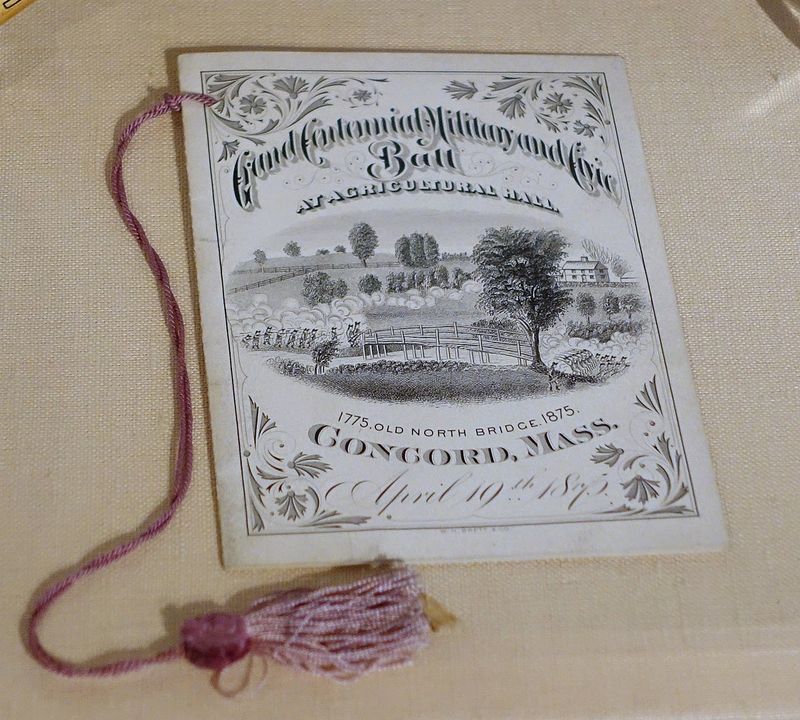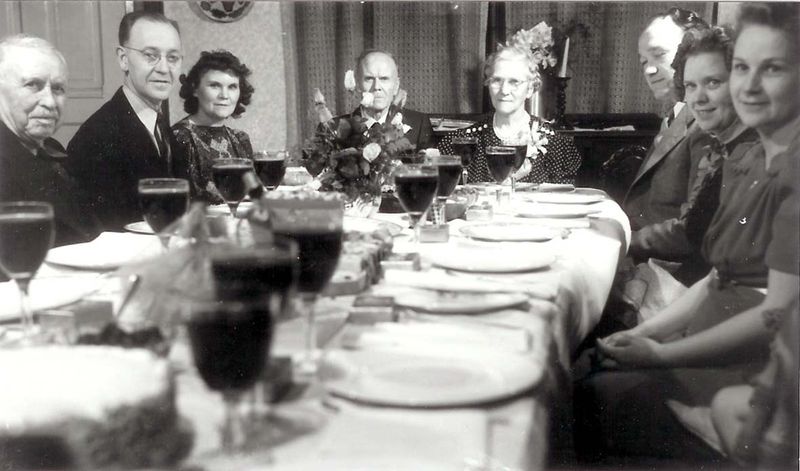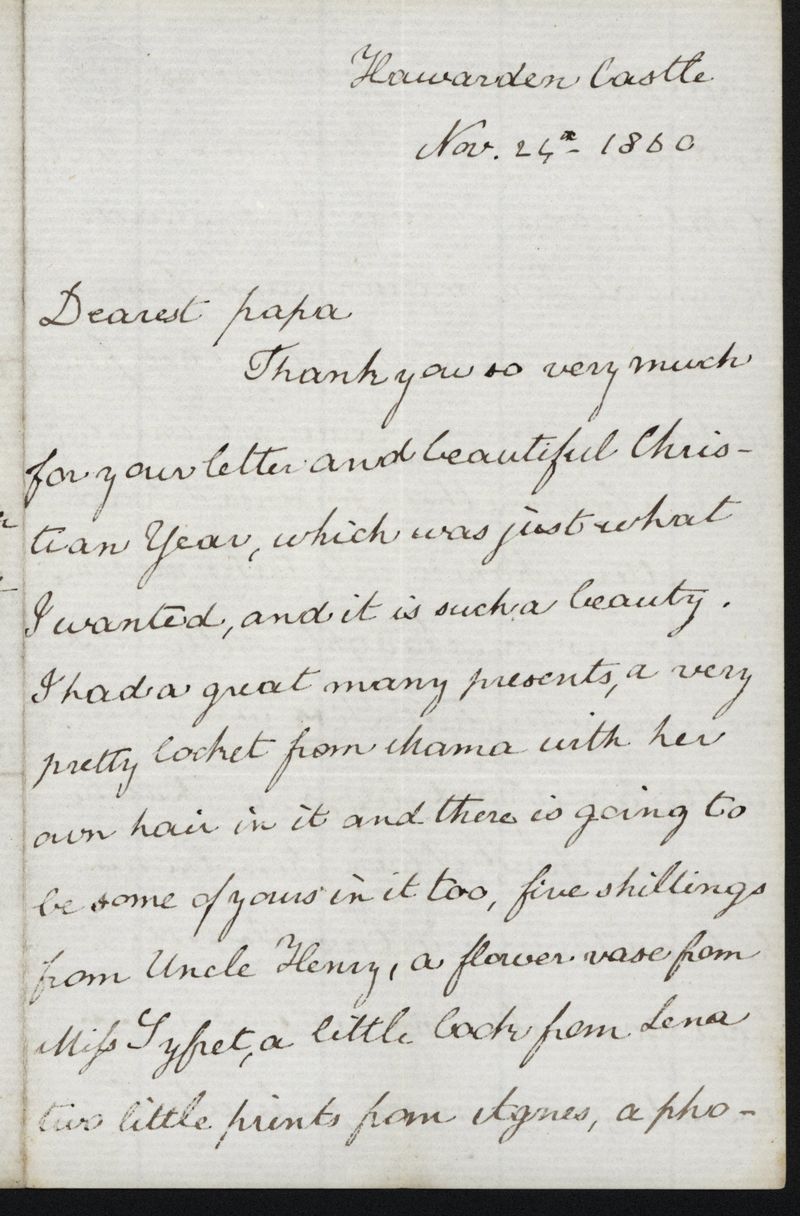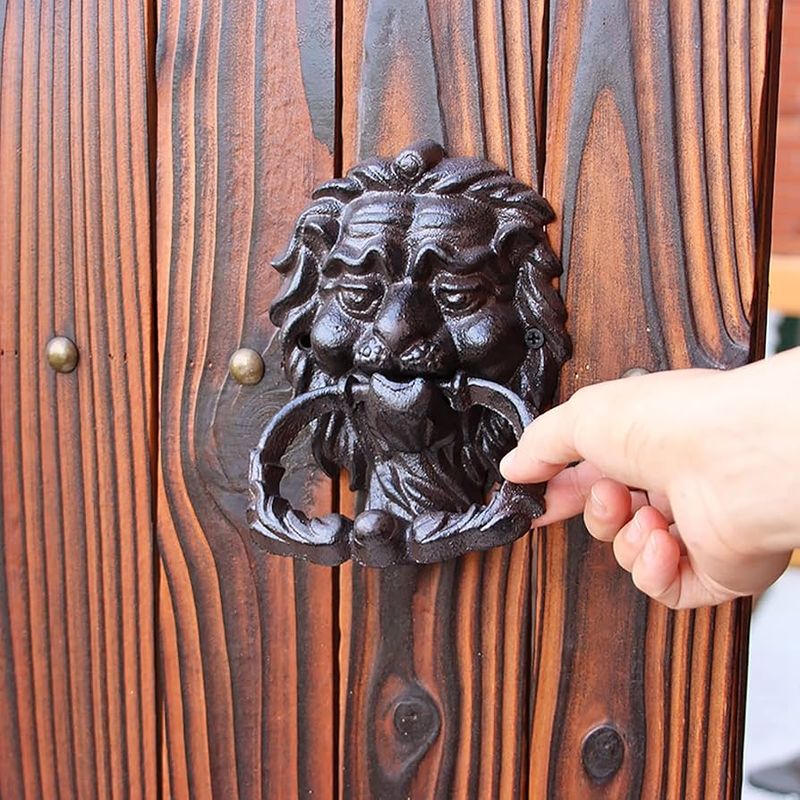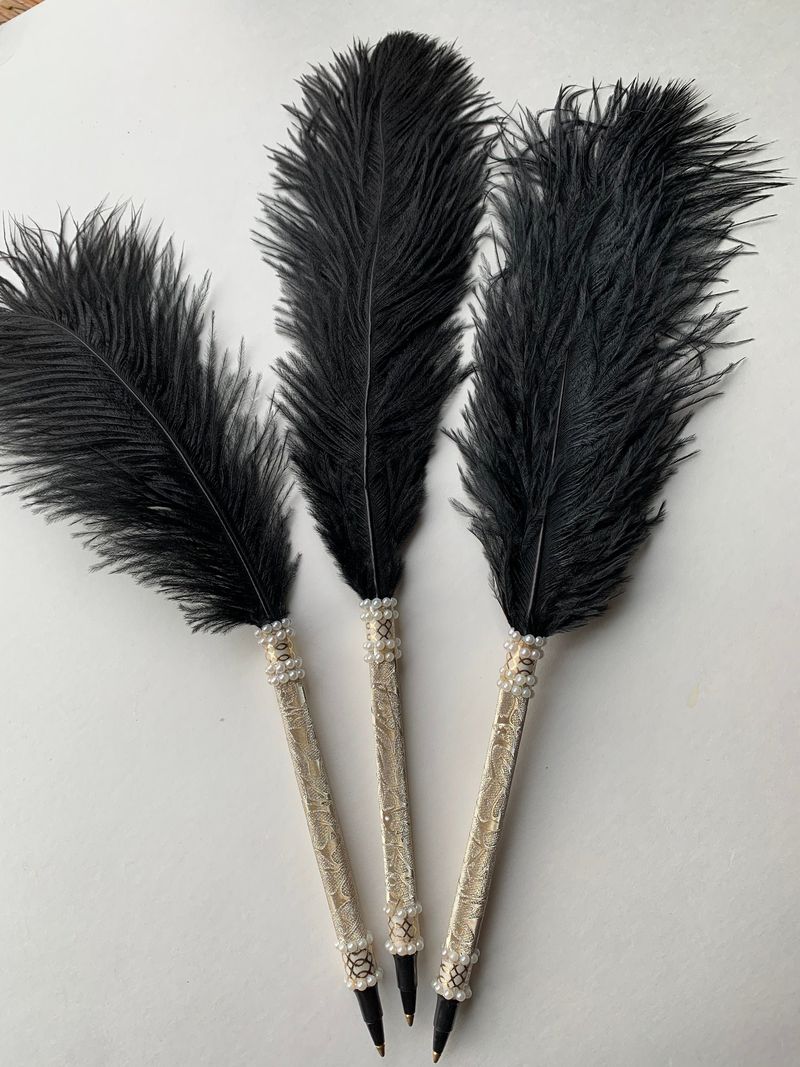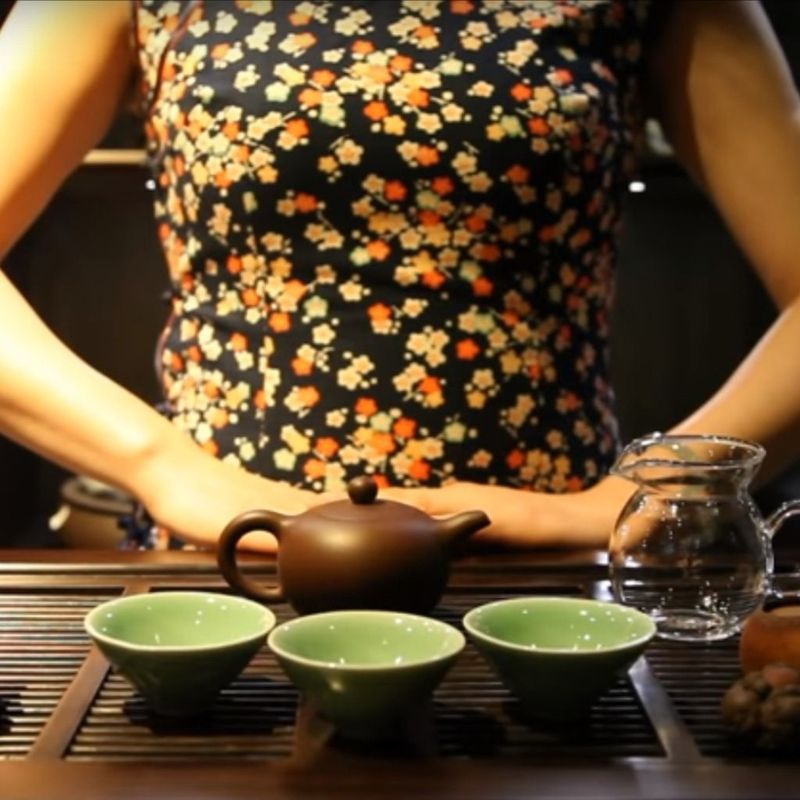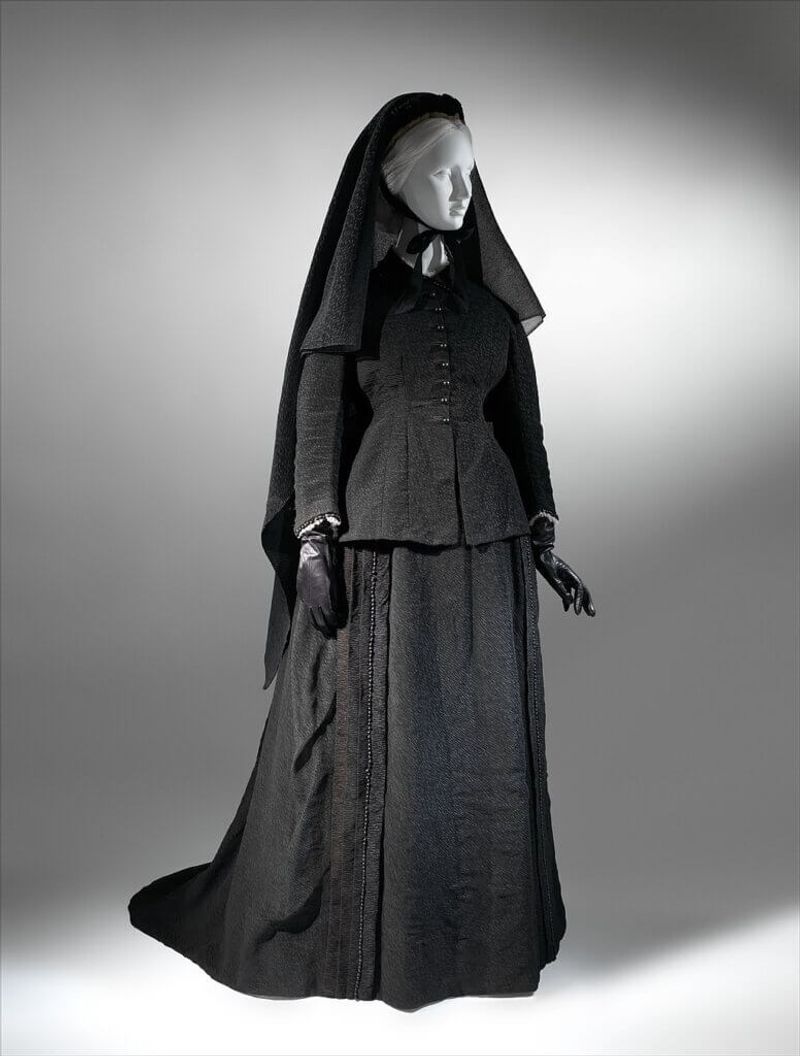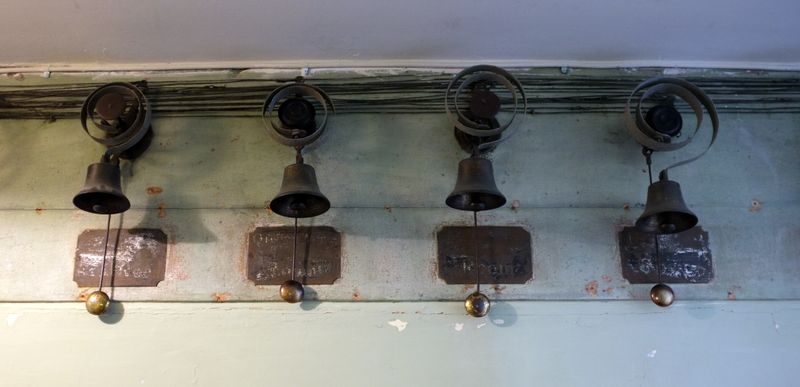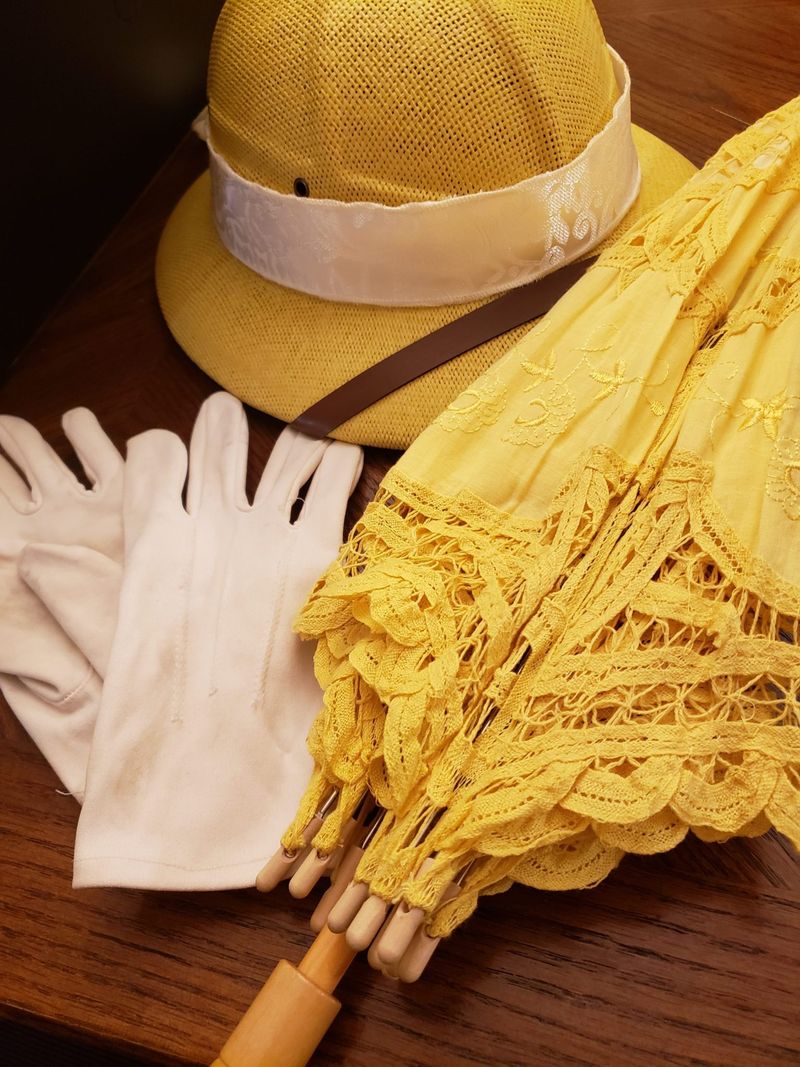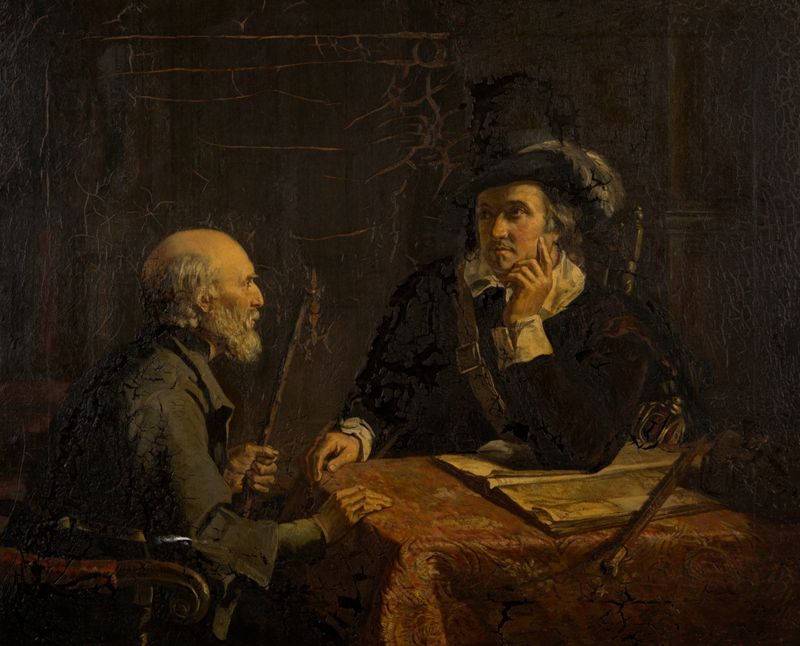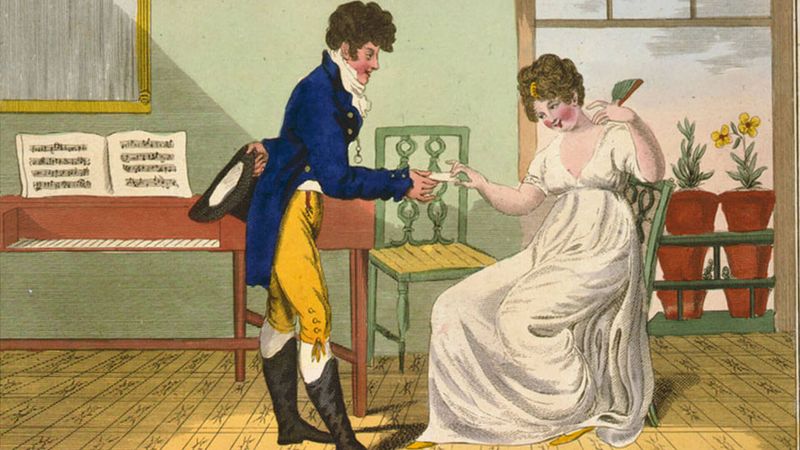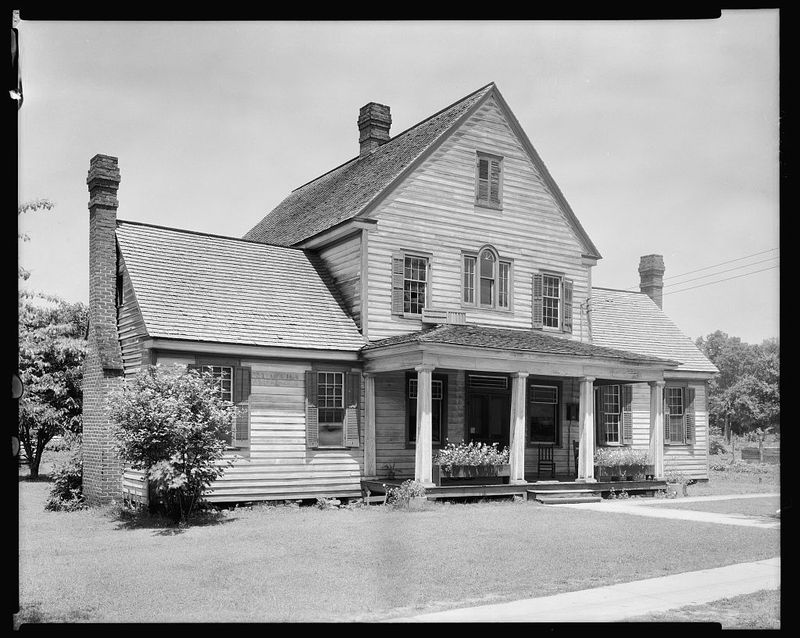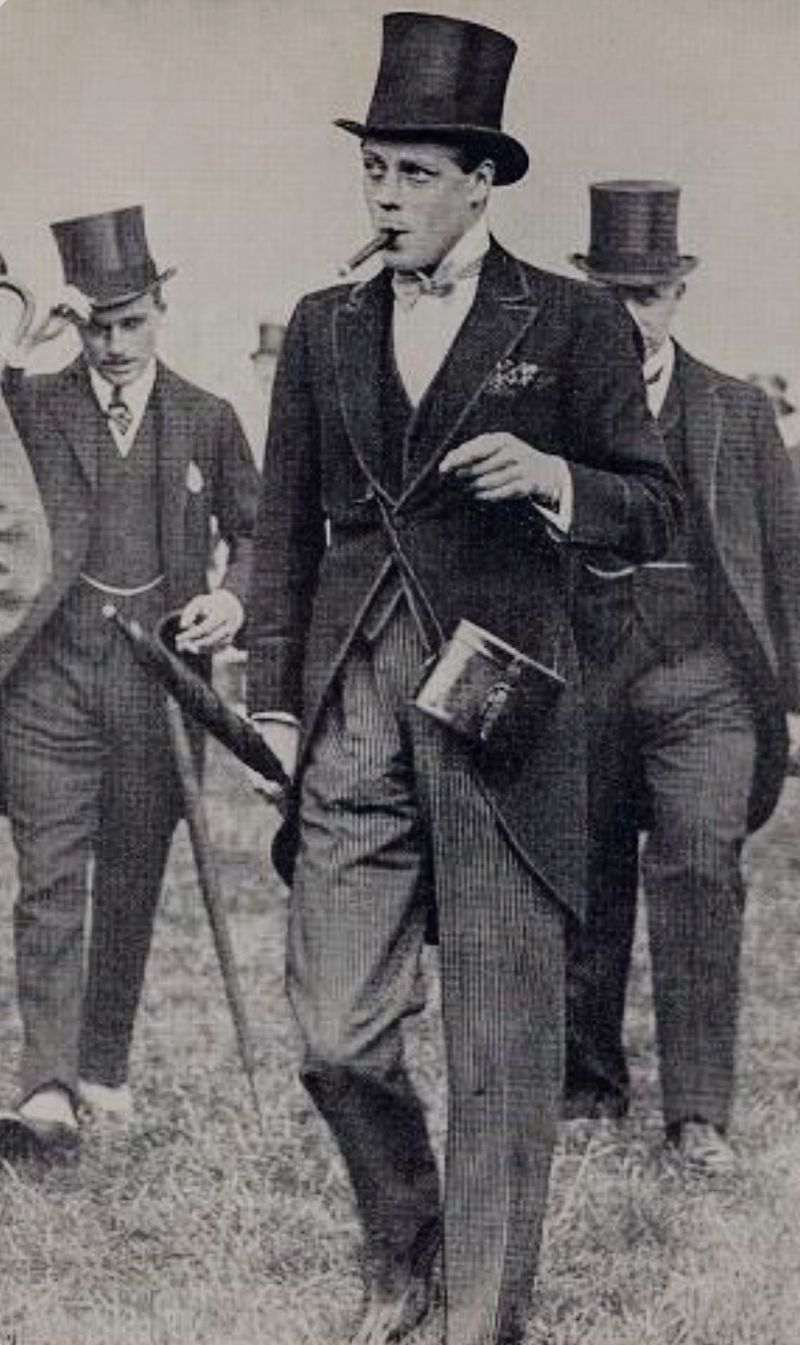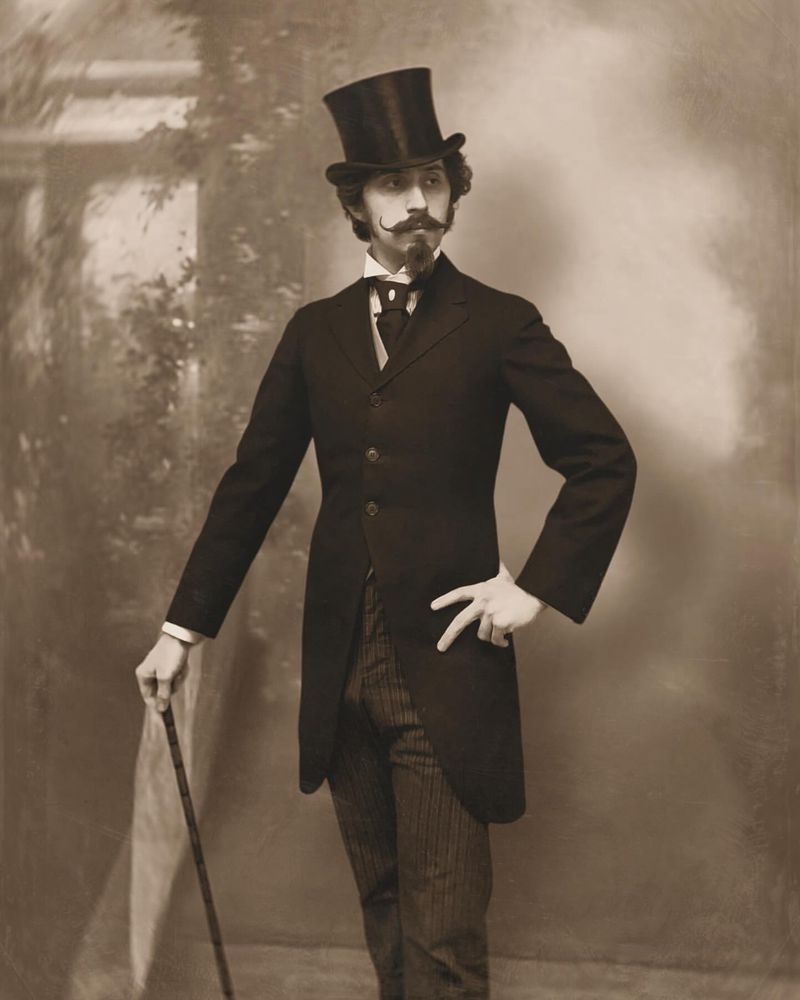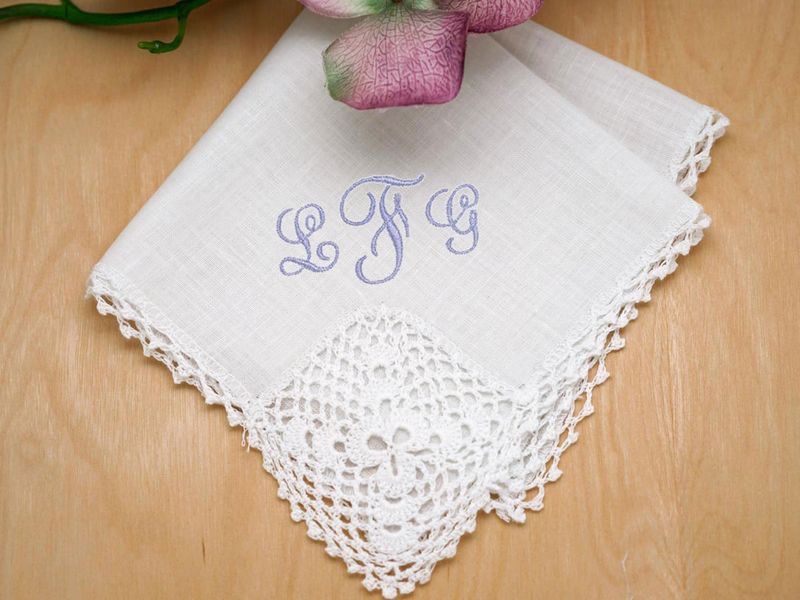In a world where social norms are constantly evolving, it’s fascinating to look back at some of the peculiar etiquette rules that governed the past.
From bizarre table manners to peculiar greeting rituals, these forgotten codes of conduct would certainly leave modern society bewildered.
Let’s explore some of the most random and intriguing etiquette rules that once dictated everyday life.
1. The Fan Language
In the intricate social dances of the Victorian era, fans weren’t just for cooling. Women used them to communicate secret messages, a practice known as “The Fan Language.”
A flick of the fan might mean “I am engaged,” while a slow fan movement could signify “Wait for me.” In a world without texting, these silent gestures were essential for clandestine communication.
Imagine decoding romantic intentions from fan taps and swishes! Today, such subtlety seems alien. Yet, it once formed a crucial part of courtship, allowing ladies to express themselves discreetly without uttering a single word.
2. Calling Card Rituals
In the 19th century, social visits were conducted with precision. Calling cards were left at a person’s home to announce a visit. The way you folded the card’s corner conveyed different messages.
A turned-down corner might indicate a personal visit, while a card without a fold signaled a business call. This ritualized communication was crucial in maintaining social networks.
Today, text messages have replaced calling cards, and the intricate details of folding corners are lost. Yet, these cards were once essential tools for navigating complex social hierarchies with grace and respect.
3. Hat Etiquette
In past centuries, a man’s hat was more than just an accessory. Removing it in the presence of a lady or entering a home was a sign of respect and manners. The act was steeped in tradition, reflecting one’s upbringing and social standing.
Today, such gestures may seem outdated, but they were once essential in showing courtesy. The simple act of doffing a hat carried significant social weight, speaking volumes about a person’s character and upbringing.
Now, it might just confuse onlookers, as hats are seldom worn, let alone removed with such formality.
4. Glove Wearing
Gloves were once indispensable accessories in any respectable gentleman’s or lady’s wardrobe. They were worn not just for warmth but as a mark of elegance and propriety. A lady would never be seen without her gloves in public, especially during social gatherings.
Removing gloves at inappropriate times was considered a faux pas. Today, gloves are mostly worn for practical reasons, and the strict etiquette surrounding them is virtually forgotten.
The detailed rituals of putting on and taking off gloves once held great significance, reflecting one’s status and respectability in society.
5. Curtsy and Bow
In the past, the curtsy and bow were vital gestures of respect and submission. Children were taught these movements as soon as they could stand. A deep bow or graceful curtsy could convey humility and reverence.
These gestures were a staple of formal introductions and social interactions. Today, such elaborate physical displays are rare, replaced by simple handshakes or nods.
The intricate movements and their meanings may be lost, but they once played a crucial role in communication, teaching the young the importance of humility and acknowledging social hierarchies.
6. Umbrella Sharing
Sharing an umbrella was once laden with meaning. Offering to share your umbrella with someone was a gesture of intimacy and care, often interpreted as an invitation to courtship.
This simple act held great significance, especially among couples or those aspiring to be. In today’s world, where umbrellas are casually shared without much thought, the depth of this gesture has diminished.
Yet, in the past, it was a romantic or friendly overture, signaling trust and companionship. The symbolism attached to such a mundane object reflects how deeply etiquette was woven into everyday acts.
7. Napkin Folding
Napkin folding was an art form in itself, symbolizing wealth and hospitality. The way a napkin was folded at a dinner party could reveal much about the host’s social standing and attention to detail. Intricate folds were admired and often copied by guests.
Today, the focus is more on functionality than flair. However, in the past, the elaborate presentation of napkins was a testament to a host’s refinement.
This tradition, now mostly relegated to fancy restaurants, demonstrates how even the smallest details were once imbued with meaning and importance in social settings.
8. Visiting on New Year’s Day
Visiting friends and family on New Year’s Day was a widespread tradition in the 19th century. It was considered the height of rudeness not to make rounds on this day.
Families would dress in their finest clothes and call on neighbors and acquaintances to exchange greetings and small gifts. Today, New Year’s is often celebrated with parties or quiet family gatherings.
The once-essential social visits have faded away, leaving this tradition a distant memory. It reflects how social obligations have shifted, and the emphasis on personal connection is expressed differently in modern times.
9. Social Dance Cards
Dance cards were once a staple at social gatherings, especially balls. A lady’s dance card would list the evening’s dances, with spaces for gentlemen to write their names. It was a delicate balance of social finesse and popularity, ensuring no one was overlooked.
In today’s world, the spontaneous nature of dancing makes such formality seem unnecessary. Yet, the dance card was a vital tool for social navigation, reflecting one’s standing in society.
It helped manage intricate social dynamics, ensuring an evening flowed smoothly, with everyone having a chance to shine on the dance floor.
10. Table Manners
Table manners in the past were governed by strict rules. Eating noisily, speaking with a full mouth, or resting elbows on the table were considered grave offenses. These rules emphasized respect for food and company.
While some table manners still persist, the rigidity has softened. Today, dining is more relaxed, focusing on enjoyment rather than adherence to strict codes.
Yet, in the past, maintaining decorum at the table was crucial, reflecting one’s upbringing and respectability. Breaking these rules could lead to social embarrassment, underscoring the importance of etiquette in daily life.
11. Writing Thank You Letters
Thank you letters were an essential part of social etiquette. After receiving a gift, attending an event, or staying as a guest, it was customary to pen a heartfelt note of gratitude. These letters were viewed as a reflection of one’s character and upbringing.
In today’s fast-paced digital world, a quick text or email often suffices. The art of handwritten notes has faded, yet the sentiment remains valued.
In the past, crafting a thoughtful thank you letter was an important social skill, reinforcing bonds and expressing appreciation in a more personal and enduring way.
12. Formal Greetings
Formal greetings in the past were elaborate affairs. A gentleman might bow slightly, tip his hat, or offer a gloved handshake. Ladies might perform a modest curtsy. These gestures were rich in meaning, reflecting respect and social standing.
Though greetings remain important, they have become more casual over time. The emphasis on formalities has diminished, with simpler greetings now sufficing.
Yet, these bygone gestures once played a crucial role in social interactions, demonstrating the intricate dance of respect and etiquette that defined relationships and societal interactions.
13. Door Knocking Protocol
In the Victorian era, the way you knocked on a door conveyed a lot about your intent and social standing. Different rhythms and speeds of knocking were used to signify everything from casual visits to urgent matters.
The complex system involved specific knocks for different times of day and types of visits. It was considered poor form to knock too loudly or too softly, as this could imply disrespect or undue familiarity.
Today, this precise art has been lost, with most people simply ringing a doorbell or knocking out of necessity rather than following an elaborate protocol.
14. Ostrich Feather Quills
Ostrich feather quills were once prestigious writing tools. Using one signified elegance and refinement. It wasn’t just about the act of writing but also the statement it made about one’s status and sophistication.
Today, pens and keyboards have replaced quills, and the art of beautiful handwriting is often overlooked. Nevertheless, these feathered instruments were once symbols of intellectual prowess and social standing.
They add a touch of nostalgia to the art of correspondence, reminding us of a time when the tools of expression were as significant as the words they helped convey.
15. Tea Pouring Ritual
Pouring tea was once a formal ritual, filled with etiquette rules. The hostess would pour the first cup, symbolizing hospitality. Guests observed strict rules about holding cups and placing spoons to avoid social faux pas.
Today, tea gatherings are more relaxed, lacking the rigid structure of the past. However, the tea pouring ritual was once a central part of social gatherings, reflecting the hostess’s grace and the guests’ respect for tradition.
This practice illustrates the significance of seemingly simple acts, showing how etiquette once added layers of meaning to everyday interactions.
16. Mourning Attire
Mourning attire was an essential part of 19th-century etiquette. After the death of a loved one, wearing black clothing signified grief and respect.
The length and style of mourning attire were dictated by strict social rules, reflecting one’s relationship to the deceased. Today, mourning customs have evolved, and attire is more personalized.
However, in the past, such clothing conveyed deep emotional states and social expectations.
The rigid adherence to mourning attire reveals how etiquette once governed personal expressions of grief, shaping the way individuals navigated loss within the context of societal norms.
17. Servant Bell Systems
In grand homes of the past, servant bell systems were the height of convenience and etiquette. These intricate networks of bells allowed residents to summon servants with minimal disturbance.
Each bell had a distinct tone, indicating which room required attention. Today, modern technology has replaced such systems with more direct communication methods.
However, these bells once symbolized the sophisticated orchestration of household management.
They illustrate how etiquette extended even to domestic operations, ensuring smooth and efficient service while maintaining the household’s social hierarchy and the dignity of both residents and servants.
18. Parasol Etiquette
Parasols once served a dual purpose: protection from the sun and a display of elegance. Proper use of a parasol was governed by etiquette rules, such as never opening it indoors and holding it at the correct angle for modesty.
While umbrellas are for rain today, parasols were vital accessories in the past. They embodied refinement and social grace, providing shade and signaling a lady’s adherence to societal norms.
This forgotten etiquette reminds us of a time when even practical items carried layers of social significance, reflecting one’s status and understanding of propriety.
19. Introductions and Titles
In the 18th century, introductions were a delicate affair, with strict rules about using the correct titles and honorifics. This was essential to demonstrate respect and recognize social hierarchy.
Failing to address someone properly could result in social faux pas or even offense. The complexity of titles extended to various societal roles and affiliations, and knowing them was considered a sign of good breeding.
Today, while some formal titles remain, such precision is largely abandoned in favor of more casual interactions, often leading to amusing confusion with such detailed customs.
20. Chaperone Rules
Chaperones were once essential in ensuring propriety during courtship. Young couples were rarely left alone, with a family member or trusted friend always present to oversee interactions. This practice protected reputations and adhered to societal norms.
In modern times, such practices are typically seen as outdated. However, chaperones once played a crucial role in courtship, ensuring that proper conduct was maintained.
This reflects the stringent societal expectations surrounding relationships and the significant role etiquette played in shaping personal connections and safeguarding family honor through guided social interactions.
21. Visiting Hour Restrictions
Social visits in the past were governed by strict timing rules. Calling on someone outside designated visiting hours was seen as rude and intrusive. These restrictions ensured that social interactions were orderly and respectful.
Today, socializing is more flexible, but these rules once structured daily life. Visiting hours maintained social harmony, reflecting an era when etiquette dictated the rhythm of relationships.
This practice illustrates how deeply ingrained etiquette was in daily activities, framing interactions within a set framework to ensure respect and decorum were upheld in every aspect of social engagement.
22. Strict Dress Codes
Dress codes in the past were stringent. Formal attire was required for specific events, and deviation could result in social exclusion. These codes signaled social status and respect for the occasion, dictated by unwritten rules of propriety.
In contemporary society, dress codes are more relaxed, but they once conveyed significant social messages. Adhering to them was a reflection of one’s upbringing and awareness of social norms.
The strict adherence to dress codes highlights how clothing was more than mere fashion; it was a statement of one’s place within the social hierarchy and respect for tradition.
23. Walking Stick Gestures
Walking sticks were more than support tools; they were symbols of elegance and communication. Gentlemen used them to gesture politely, such as tipping the hat or pointing subtly, all governed by etiquette rules.
Today, walking sticks are primarily functional, but they once added flair to a gentleman’s demeanor. This practice reflects how even simple objects were woven into the etiquette of the time, adding layers of sophistication to everyday movements.
It highlights how deeply ingrained etiquette was in even the most mundane actions, emphasizing grace and subtlety in public interactions.
24. Lace Handkerchiefs
Lace handkerchiefs were once essential accessories, symbolizing elegance and refinement. Carefully chosen and displayed, they were more than mere functional items; they were statements of taste and status.
In today’s world, handkerchiefs have given way to tissues, losing their social significance. However, in the past, the choice and use of a lace handkerchief reflected one’s social standing and sophistication.
This practice underscores how every detail, no matter how small, was imbued with meaning, demonstrating the intricate dance of etiquette and the subtle ways it influenced daily life and personal expression.
